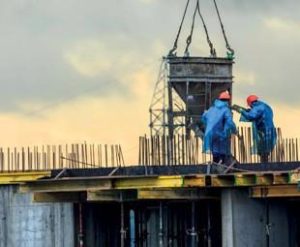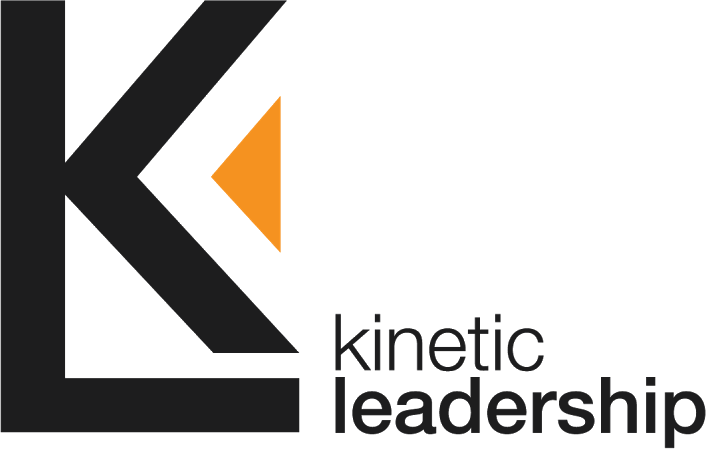19 Feb Don’t Let your safety culture collapse
 I was saddened to hear the news of the pedestrian bridge that collapsed over the M1 freeway near Johannesburg, in which three people were killed and 21 injured. It is at times like these we are reminded just how critical it is to work safely, and how devastating the impact can be when things go wrong.
I was saddened to hear the news of the pedestrian bridge that collapsed over the M1 freeway near Johannesburg, in which three people were killed and 21 injured. It is at times like these we are reminded just how critical it is to work safely, and how devastating the impact can be when things go wrong.
In no way do I want to negate the gravity of this catastrophe and the shattering impact it will have on so many lives. My concern is how the investigation might be approached. When I did a Google search, the very first hit read: “Murray and Roberts to face the music after bridge collapse.” As I switched between radio stations, the same sentiments rang out loud: “Who is to blame? Someone must be held accountable! Who is at fault for this tragedy?” While these questions need answers, they are based on a perspective that is troubling.
The premise is that someone is to blame and they must be held accountable. In essence, I agree that people need to take responsibility for their actions. However, my caution is we should shun the knee-jerk reaction of looking for a scapegoat at the cost of finding the real causes. Our underlying philosophy will determine how we approach investigations. The stance we take will determine the questions we ask. This will influence the answers we find. Too often, such incidents are attributed to the loaded term “human error.” If we assume someone is at fault, we will taint our search for answers to confirm our predispositions.
Is it possible to take a different approach? Is it not more important to try to find out what happened? Surely one of the goals of investigating events is to use these as learning opportunities to avoid similar disasters in the future. Todd Conklin urges that we “have to look beyond procedures and behaviours in order to find the reasons for success or failure”. Dr Sidney Dekker explains that “underneath every simple, obvious story about error, there is a deeper, more complex story. Take your pick: blame human error or try to learn from failure”.2
Dekker further proposes that human error is not the origin of failure, but is a symptom of failure. It is the beginning point of the investigation, not the conclusion. The reason investigations often take the route of seeking a guilty party is because it is cheap and easy. It diverts attention away from the larger, but not so evident, faults within the company’s systems, and often allows senior leadership to save face.
If we put aside our need for justice for a moment, would we not agree that employees do not maliciously and intentionally do unsafe work, or choose to put themselves and others in harm’s way? What we quickly forget is that workers are trying to make the best decisions under immense pressure, as well as in ambiguous and constantly changing situations. Their decision-making is what makes sense to them at that moment. It is too easy to say after the fact “they should have”.
The mystery of an investigation is to find what contributed to someone making certain decisions. If a person’s actions (or decisions) are taken in context, it usually reveals that they are not appalling, malevolent, or surprising. In the same situation, others would have made the exact same decision.
The trick is to avoid the trap where we attribute failure to one single reason. If the investigation concludes that the only contributing factor is human error, it is highly unlikely that genuine learning has taken place. If there is a possibility that another similar incident could occur, then the source of the breakdown has not been rectified.
If we understand that accidents cannot be blamed only on human error, then we should be asking different questions. Here are a few questions that you could use as a starting point:
– Are team members encouraged to take responsibility and bring safety concerns to management’s attention, or is there a “culture of blame” where people may even hide incidents?
– Have you ever had a knee-jerk reaction to an incident, and, if so, what could be done differently?
– If you have resorted to only finding the “guilty person(s)”, has it had any detrimental impact on your organisation?
– Are unsafe practices a reflection of deeper shortcoming within the organisation?
– How can you take a proactive approach to safety by looking beyond just the human contributing factors to incidents?
Let us be leaders who learn from our mistakes and those of others. Let us avoid impulsive responses to unfortunate incidents and be dedicated to finding the deeper contributing factors. Let us construct a safety culture that won’t collapse under the pressure of quick fixes.
Dr Brett Solomon is the CEO of The Kinetic Leadership Institute and is a recognised leader in combining neuroscience, change management and leadership theory to drive cultural transformation processes. Brett specialises in neuroleadership, especially when it comes to an understanding of what motivates human behaviour and how to influence it. He has been involved in numerous culture change and leadership development initiatives throughout Africa, Australia, Canada, Saudi Arabia and the USA.

